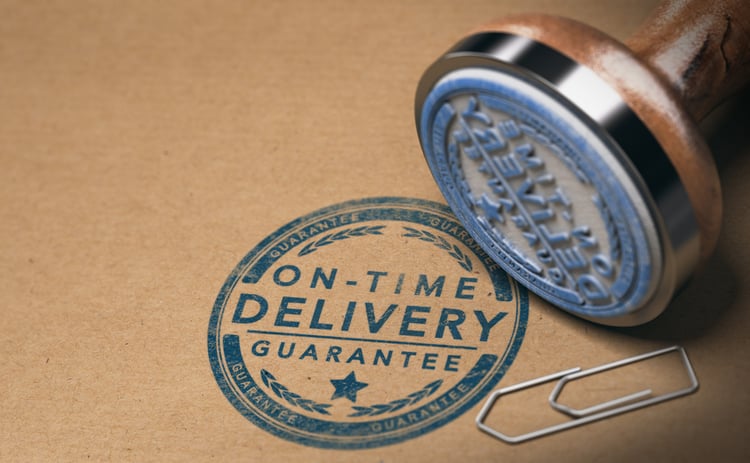
Consumers expect to receive their orders more quickly every day. In 2022, Amazon had 163 million Prime members showing that people want their products and they want them now. This expectation can be challenging for the average eCommerce brand that may struggle with issues like inventory control and shipping efficiency. So what are some top strategies for keeping your deliveries on time in 2023 and beyond?
Delivering on Customer Expectations to Secure Brand Loyalty
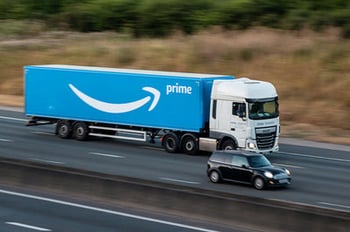 In 2012, online shoppers received their packages within about 5.5 days on average. A Clutch logistics survey found that online shoppers were getting their packages in hand within 2-3 days by 2019, and late deliveries were leading some customers to seek out other brands.
In 2012, online shoppers received their packages within about 5.5 days on average. A Clutch logistics survey found that online shoppers were getting their packages in hand within 2-3 days by 2019, and late deliveries were leading some customers to seek out other brands.
The main reason for the speedier delivery is the evolving customer expectations, mainly put in place by large retailers like Amazon. Now, deliveries that take seven days or longer are considered unacceptable to many online shoppers. On the other hand, early and on-time deliveries can encourage brand loyalty and repeat purchases. So businesses are under mounting pressure to figure out ways to deliver orders on time, every time.
What Causes Delivery Delays?
Before you can improve your results, it’s important to understand your particular challenges. So, what is causing customer order delays and disappointment? Here are some of the top culprits.
1. Product Shortages
Not having enough inventory on hand can significantly impact your delivery schedule and the customer experience. Learning about product shortages at the last minute can mean you will have to cancel existing orders or delay delivery.
2. Global Events
If the global supply chain has issues, your business probably will as well. You might experience delays getting your products to customers due to materials shortages, global conflicts, natural disasters, and more.
3. Seasonal Surges
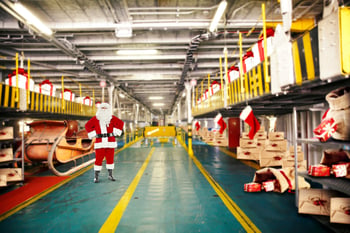 Demand for many products peaks during busy holiday seasons, so this can be a factor in sourcing and inventory. But delivery companies are also overburdened. So what took just a day or two for shipping in July might take twice as long in December.
Demand for many products peaks during busy holiday seasons, so this can be a factor in sourcing and inventory. But delivery companies are also overburdened. So what took just a day or two for shipping in July might take twice as long in December.
4. Incorrect Data
If the address you have for the customer is misspelled or incorrect, this can lead to unfortunate delays. Some order fulfillment systems try to be helpful by auto-filling information, and this can lead to some errors.
5. Transportation Issues
When you don’t work with the right delivery companies, this can cause irreparable harm to your brand’s reputation. Some delivery services won’t give your customer service promises the respect they deserve.
6. Poor Planning
Not properly planning for various uncertainties, like driver availability, seasonal issues, and inclement weather, can lead to delivery delays. If you are going to make delivery promises, it’s better to add some cushion into the equation so you overdeliver sometimes rather than miss the mark.
Top Strategies for Keeping Your Deliveries on Time
When you make delivery promises to your customers, you need to do everything possible to keep your word. Here are some of the best strategies for avoiding delays and keeping your deliveries on time.
1. Adopt Logistics Technology
Automating as much of the fulfillment process as possible will help you prepare orders and ship them faster. For example, using and warehouse management system (WMS) can help you keep track of orders, fulfillment, and even reverse logistics. This type of system also integrates with other logistics and eCommerce technology.
2. Set Realistic Delivery Goals
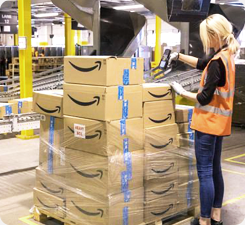 Few businesses are as efficient as Amazon, so you aren’t expected to provide next-day delivery. But your business should establish realistic delivery goals so your customers and employees know what to expect. This helps you allocate your resources properly so you can ensure you meet those goals.
Few businesses are as efficient as Amazon, so you aren’t expected to provide next-day delivery. But your business should establish realistic delivery goals so your customers and employees know what to expect. This helps you allocate your resources properly so you can ensure you meet those goals.
3. Improve Inventory Management
The last thing you want is to sell products you don’t have to your customers. You can improve inventory management by using a WMS combined with RFID tags to ensure you have the right products in stock at all times. RFID tags can be scanned automatically when products enter or leave the warehouse, and your WMS can be configured for automatic product re-ordering.
4. Streamline Picking
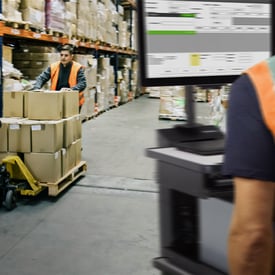 Picking goods in a warehouse can be a labor-intensive and time-consuming task. But you can implement a few simple changes to be more efficient and improve on-time delivery rates. For example, you can streamline picking by using mobile workstations in the warehouse to reduce walking back and forth to get instructions or grab products. Combined with RFID tags, this technology can reduce errors and speed up the picking process.
Picking goods in a warehouse can be a labor-intensive and time-consuming task. But you can implement a few simple changes to be more efficient and improve on-time delivery rates. For example, you can streamline picking by using mobile workstations in the warehouse to reduce walking back and forth to get instructions or grab products. Combined with RFID tags, this technology can reduce errors and speed up the picking process.
5. Make Packaging & Loading Easier
Even if you perfect the picking process, you can still experience delays getting packaging out the door of your warehouse. Investigate using RFID tags and automation solutions to keep track of and move your packages to the next step so they will be ready for delivery drivers.
6. Resolve Inaccurate Information
During the order process, make sure any questions about address spellings are resolved before the order heads to fulfillment. You can link your ordering system to the USPS system to “verify” addresses and ask the customer for confirmation that their address is correct.
7. Predict and Avoid Delays
A few of the major reasons for delays are traffic and weather problems. Use the data at your fingertips to create better routing for your drivers that avoids major traffic jams and takes into account potential delays due to bad weather.
8. Offer Real-Time Tracking
When you use RFID tags and other logistics technology solutions, you gain visibility throughout the order fulfillment process. Consider offering some of that information to your customers in the form of real-time tracking. When customers can see where their order is in the system, they have peace of mind knowing you are fulfilling your promise. This will also reduce customer service calls asking for a status.
On-time delivery might seem like a basic expectation. But it’s something many organizations still struggle to get right. And the penalties for late delivery can be significant in terms of lost customer trust and damage to your brand’s reputation. Customers don’t care about supply chain issues, so it’s vital that your business focuses on the strategies that will help it get products delivered quickly as committed.











